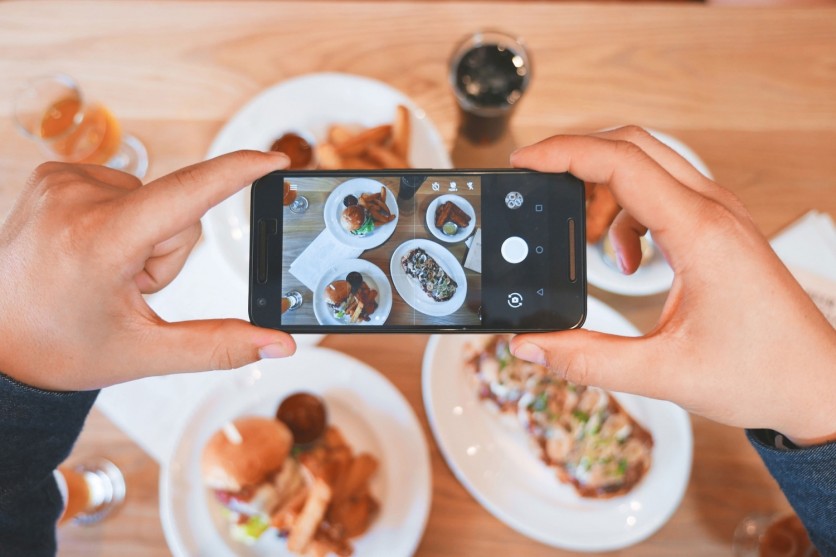In today's digital age, food images inundate the internet. These pictures are often shared to promote specific foods, hoping that seeing a mouthwatering image on Facebook or Instagram will trigger our desire for a juicy burger or a delicious slice of pizza.
However, a recent study conducted by Aarhus University suggests that repetitive exposure to these food images may have the opposite effect, actually satisfying our appetite rather than intensifying it.

Impact of Repeated Exposure to Food Pictures
The research involved a series of experiments aimed at exploring the impact of repeated exposure to food pictures on our sense of satiety. Tjark Andersen, who recently completed his Ph.D. at Aarhus University's Department of Food Science, sheds light on the findings.
"In our experiments, we showed that when the participants saw the same food picture 30 times, they felt more satiated than before they had seen the picture. The participants who were shown the picture many times also chose a smaller portion than those who had only seen the picture three times, when we subsequently asked about the size of portion they wanted," explains Andersen.
The phenomenon of feeling full without consuming any food may seem peculiar, but according to Andersen, our cognitive perception plays a significant role in shaping our appetite.
"Your appetite is more closely linked with your cognitive perception than most of us think. How we think about our food is very important," Andersen said.
"Studies have shown that if you make people aware of different colors of Jelly Beans, even if they have eaten all they can in red Jelly Beans, will still want the yellow ones. Even if both colors taste completely the same."
Grounded cognition theory, a concept within brain research, explains these findings. For example, simply imagining biting a food activates the same brain regions as actually taking a bite.
This suggests that our thoughts can trigger a physiological response, allowing us to feel fully satisfied without actually consuming any food.
While previous studies have also explored the connection between food images and satiety, the uniqueness of the Aarhus University research lies in its examination of the necessary number of repetitions and the potential impact of image variation on satiety.
Using M&M's
Andersen and his team conducted several online experiments involving over 1,000 participants. They presented some participants with multiple images of orange M&M's, while others viewed images of M&M's in different colors. Interestingly, the color variations did not significantly impact the sense of satiety.
The implications of these findings extend beyond understanding the psychological aspects of appetite. In a world where obesity rates have tripled since 1975, finding effective strategies for controlling food intake is crucial. Andersen suggests that the results of this study could potentially be used as a weight loss tool.
Furthermore, these findings could be employed to prevent overeating at the beginning of a meal. Participants in the study only slightly reduced their consumption of Skittles or M&M's, resulting in a caloric reduction of fewer than 50 calories.
The study's findings were published in the journal Appetite.
Related Article : #TechTimesLifeHack: Foods You Should Not Put in the Freezer

ⓒ 2025 TECHTIMES.com All rights reserved. Do not reproduce without permission.




